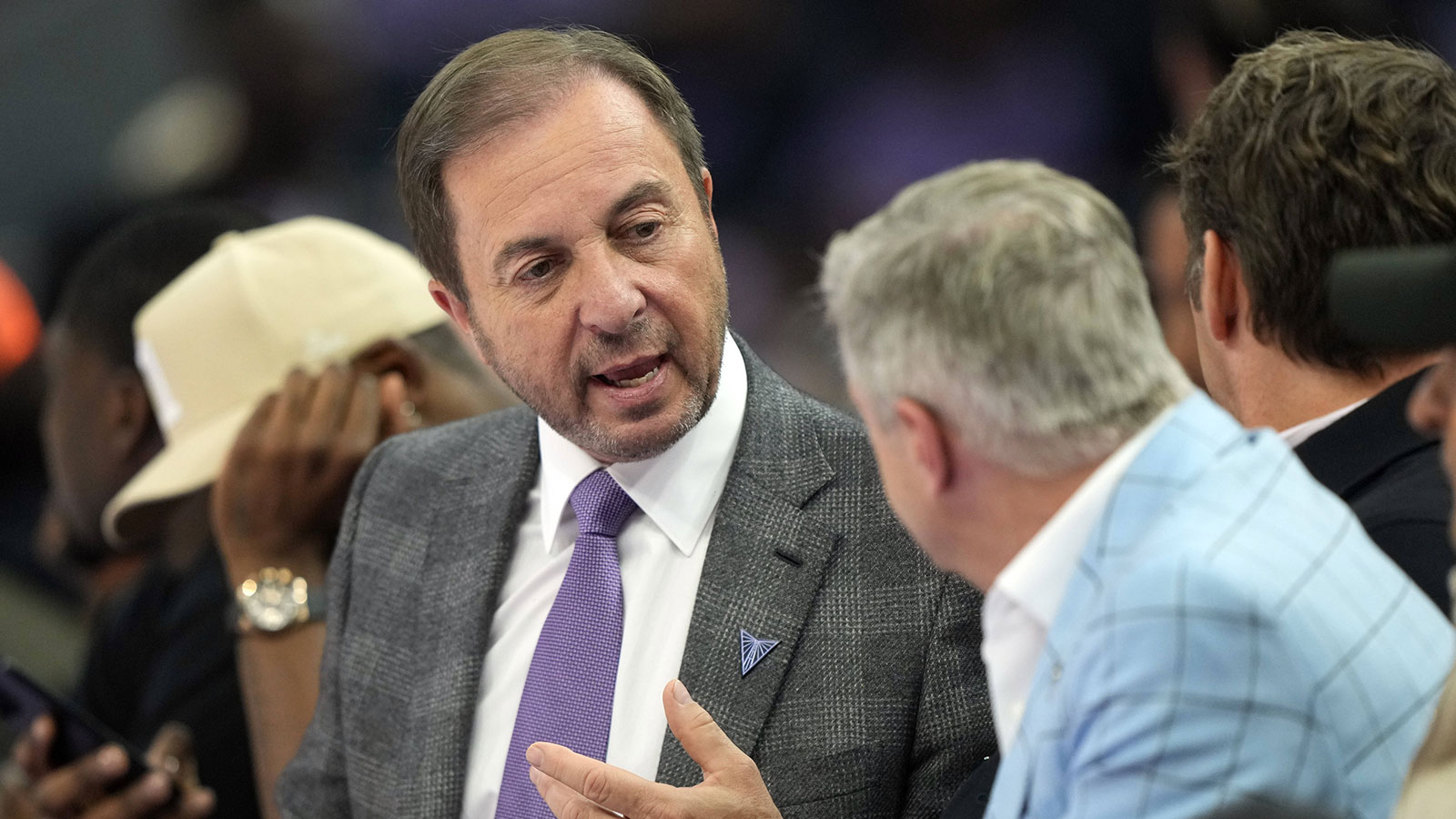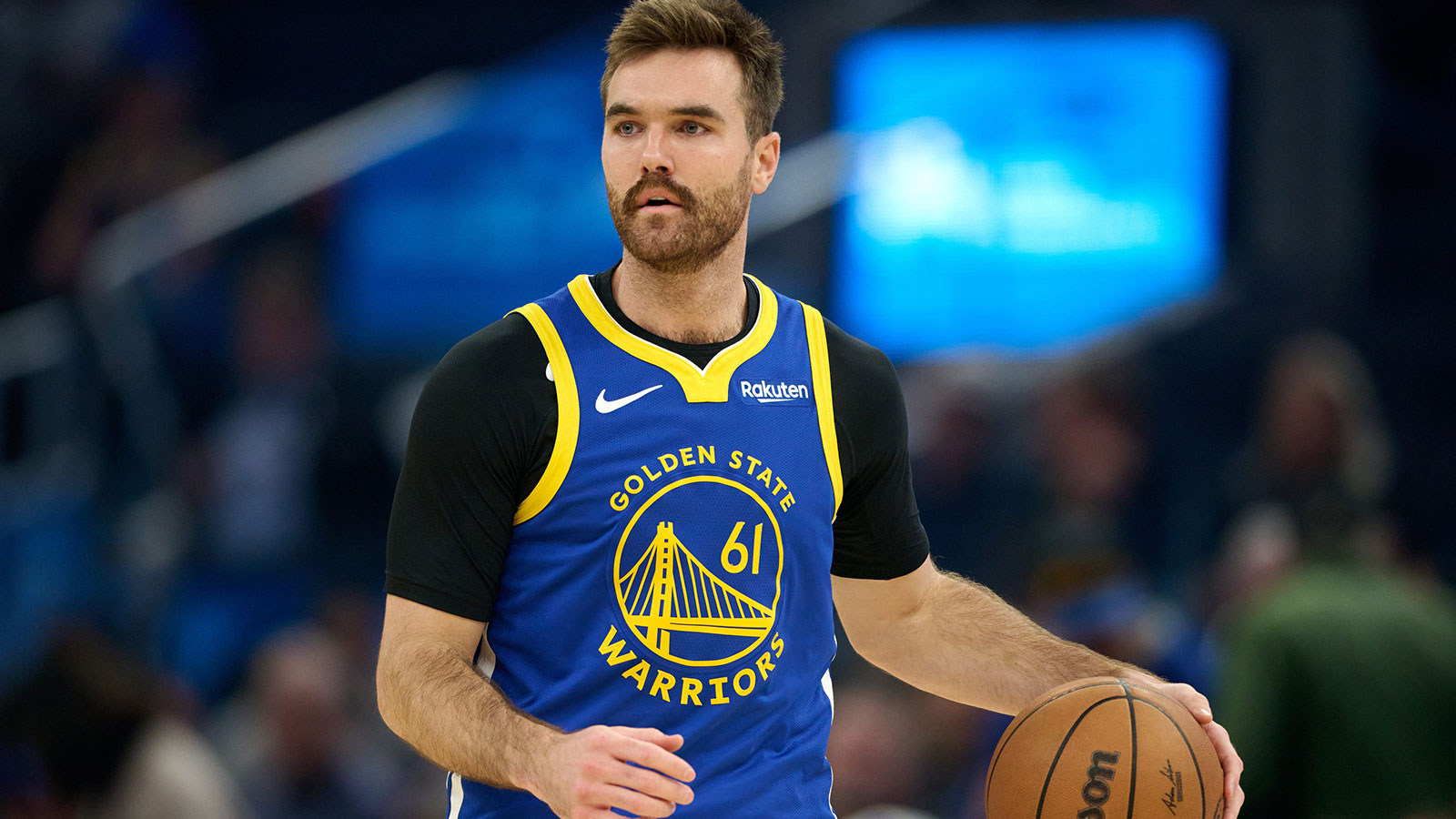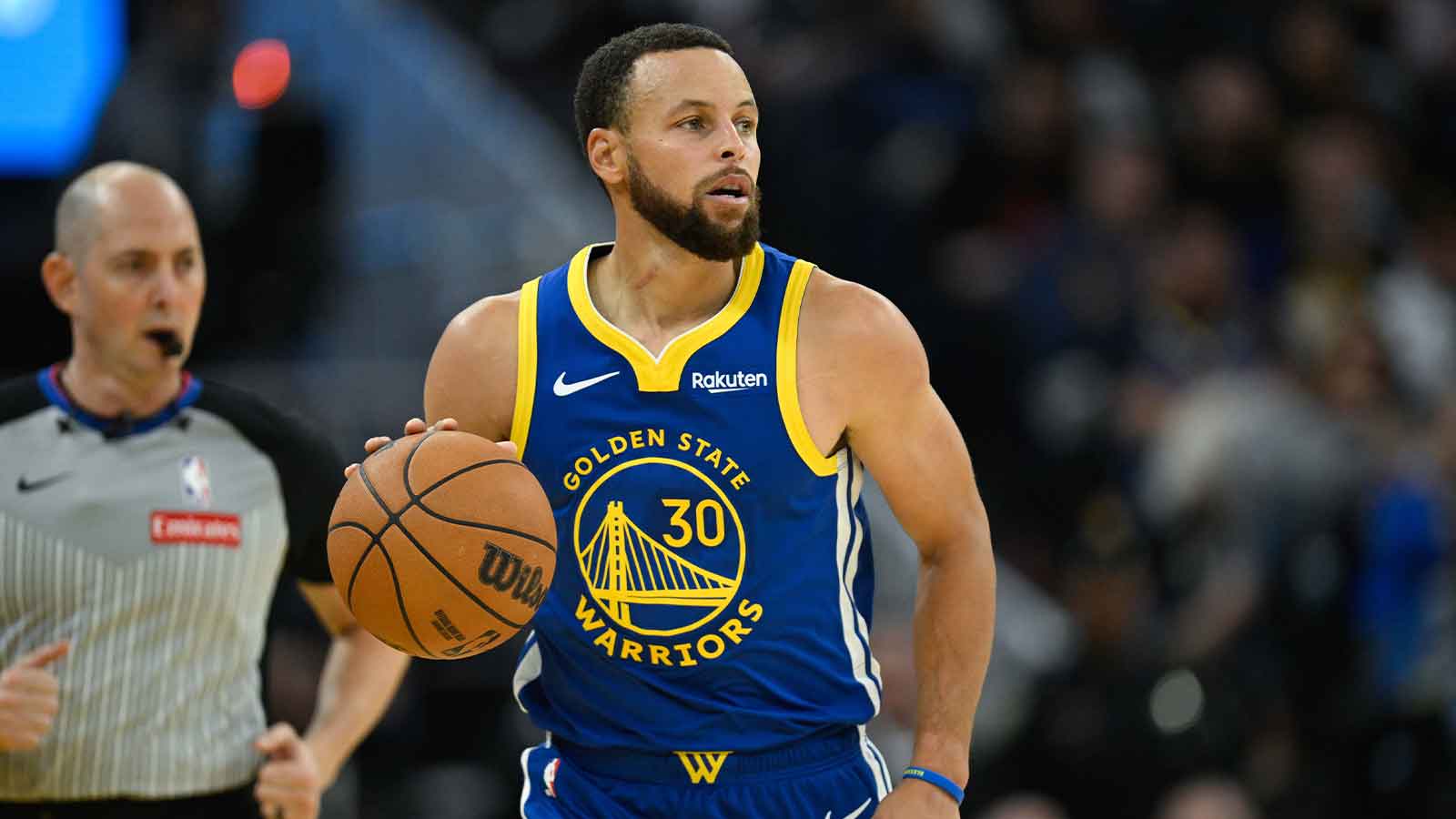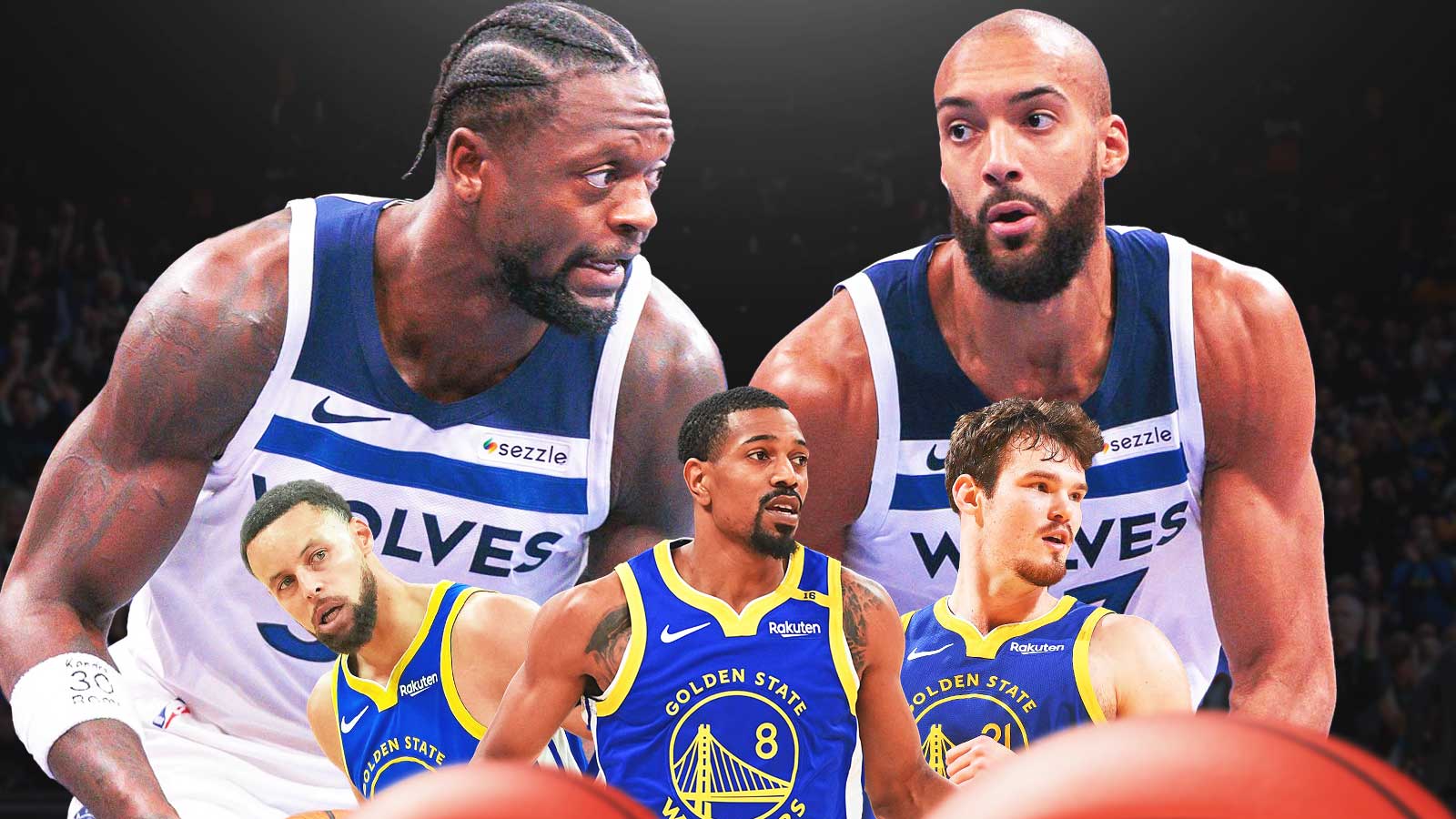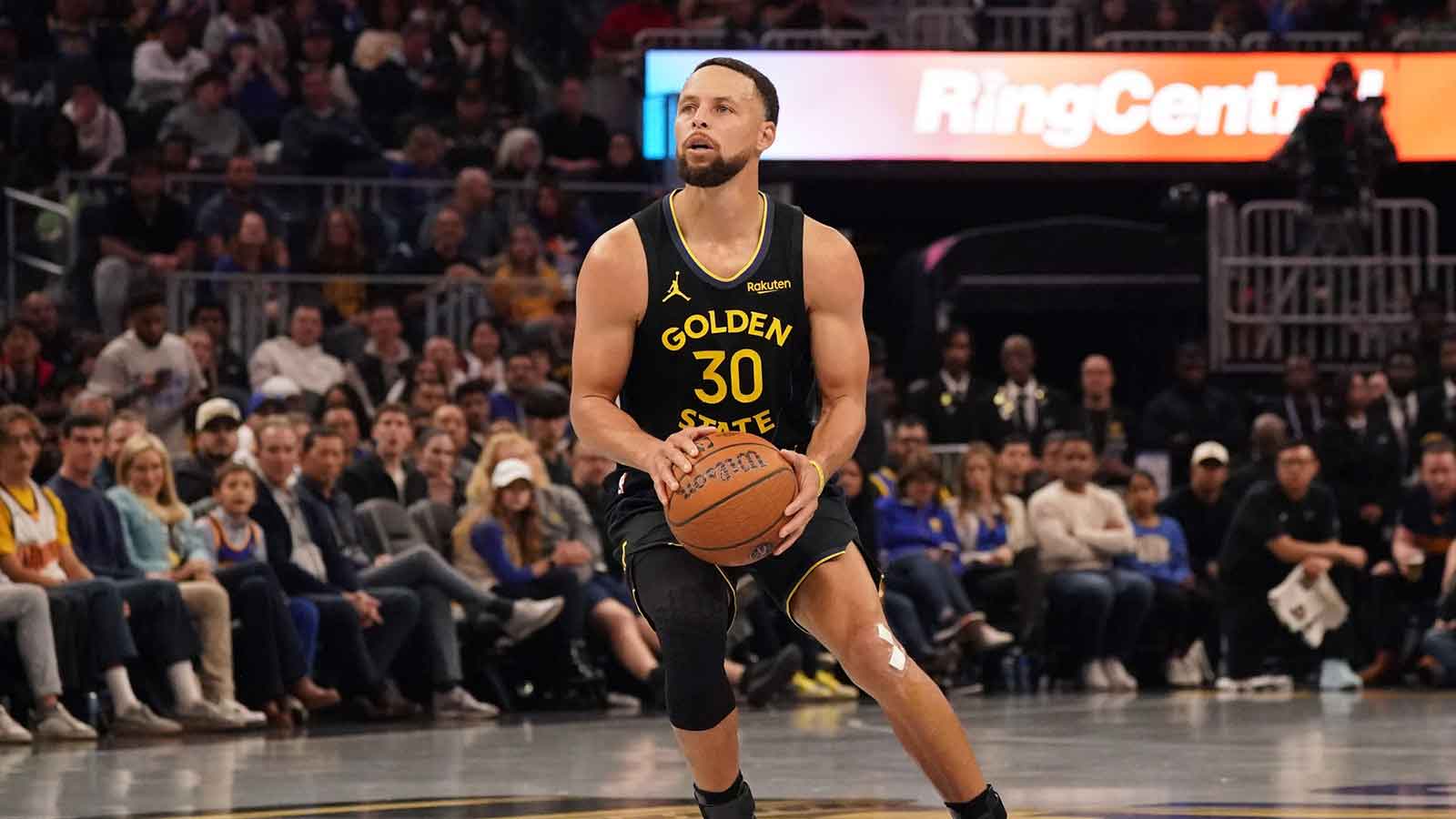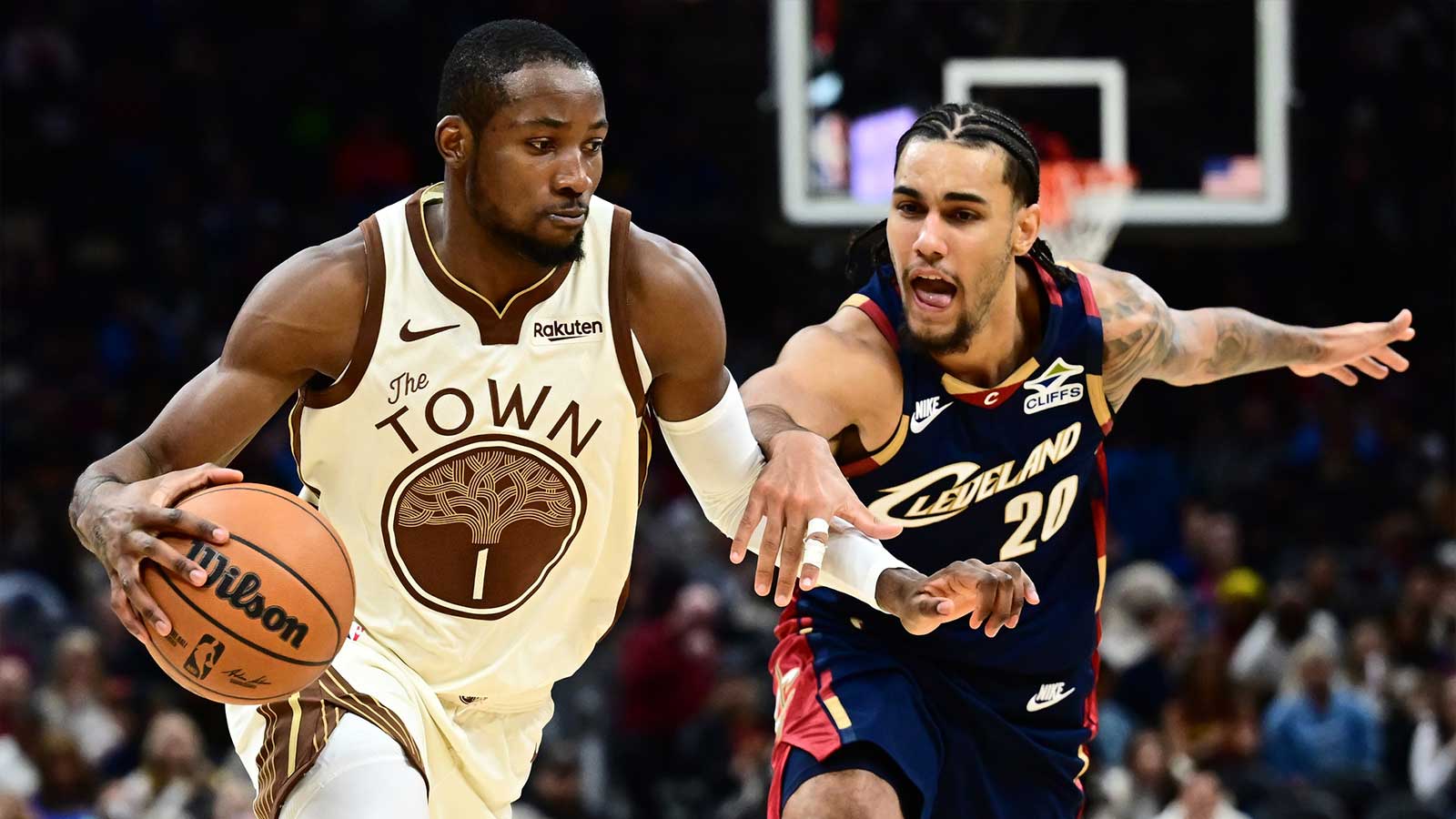By all accounts, Stephen Curry‘s 2015-2016 season was one for the ages.
402 threes (smashing his own record), first unanimous MVP, and of course, this:
By knocking down bombs at an unprecedented level of proficiency and volume, while leading his team to a record setting 73–9 record, Curry proved that you can win with the three-point shot. His historic year helped usher in a new era. With teams now shooting three pointers at prolific levels, his impact on the game has been unquestionable. Even the Cavaliers, the Warriors‘ opponents in the last two Finals, have morphed into a three-point heavy unit (last postseason, the Cavs attempted 30.2 threes a game to the Warriors 32.4).
Curry continued his tear into the postseason, enjoying a hot start in Game 1 against the Rockets. A fluke injury would abruptly end his night, causing him to miss the next two weeks with an MCL sprain. He returned in epic fashion, dropping 40 points (including 17 in OT) on the Trail Blazers. The rest of the postseason would be a ride of highs and lows. After an epic comeback against the Thunder, the Warriors lost in heartbreaking fashion to the Cavaliers.
While Curry’s numbers from the postseason may appear good at the surface level, he was clearly unable to take over games as frequently as he had in the regular season. Curry would later acknowledge that he had been fighting through knee soreness throughout the postseason, which visibly affected his ability to accelerate and make lateral cuts. Regardless, the 2016 season ended in a fashion that raised question marks whether Curry’s free-flowing style of play could translate on the biggest stage or not.
Fast forward to January 2017. After having added Kevin Durant in the offseason, general expectations for the Warriors were through the roof. Sitting at 31–5, the Warriors have more or less been about as dominant as expected. Their offensive efficiency of 113.5 (1st in NBA) and defensive efficiency of 101.5 (T-2nd in NBA) highlight a team that dominates on both ends of the floor. They lead the league in steals and blocks while regularly posting 30 assists a night. Given all of their success, it’s easy to think the Warriors have reached their full potential.
https://www.instagram.com/p/BOV-5nTjGqP/
But amidst all the team success, Curry has taken a clear step back. His numbers are down across the board, and he averages just 24.2 points per game after leading the league in scoring at 30.1 last year. While he obviously isn’t touching or shooting the ball as much as he did last year, it doesn’t explain why his 3-point accuracy has taken such a steep decline.
After shooting 45% last season, he’s down to a career-low 40%. Furthermore, his efficiency on pull up threes is down significantly, from 42.8% to 28.4%. He has taken a large enough volume of threes to where sample size does not adequately explain such a stark contrast. It is also highly unlikely that he has simply lost the ability to make these shots.
The more likely explanation for his struggles is that the addition of Durant has altered the kinds of looks he gets in the flow of the offense. As an excellent ball handler, Durant has assumed a far larger role in the offense than Harrison Barnes (who he essentially replaced) ever had. The result has been Curry’s lowest usage rate since 2012 at just 28.2%. For comparison, last year he had a usage rate of 32%.
With the ball in his hands less, Curry has increasingly become more of an off-ball player. After averaging a whopping 10.6 points on pull up shots last year, Curry is down to a little more than half that amount, at just 5.4 a night. This drop-off actually almost entirely covers the scoring difference between this year and last year of 5.9 points per game.
Regardless of what the stats say, Curry is obviously still a phenomenal shooter. Just this season, he made an NBA record 13 3-point shots in a game. But in order for the Warriors to reach their true ceiling, they will need to get the reigning MVP back to doing what he does best: bending defenses with the ball in his hands. Although it was just a meaningless regular season game, the Warriors' loss to the Cavaliers highlighted just how important it is to give Curry more opportunities to impact the game. By using Curry almost exclusively off-ball, the Warriors allowed the Cavaliers to largely neutralize Curry through a variety of borderline illegal tactics.
Instead of making plays off the dribble, Curry spent most of the game fighting through physical Cavalier defenders. His usage left him playing a role not too different from other catch and shoot specialists like J.J. Redick. The result was a mere 11 shot attempts in the entire game. While the Warriors’ offense has clearly still been dominant even with Curry playing this role a lot more frequently, putting the ball in his hands more would go a long way in making better use of his talents.
One obvious way to get Curry involved more is through the pick and roll. Last season, the Steph Curry-Draymond Green combo proved devastating. Amongst all ball-handlers in pick and roll situations, Curry ranked in the 97.6th percentile in points per possession at 1.11, with an amazing effective FG% of 61.1% (Chris Paul, one of the best pick-and-roll players in the game, had an effective FG% of 50.1%).
While the advanced stats paint an impressive image, they hardly do justice to how difficult of a task this play was to defend. If defenders went over or under the screen, they gave Curry all kinds of daylight from behind the arc.

If they trapped Curry, Green was given a 4-on 3-mismatch, from which he, more often than not, made the correct decision.
https://youtu.be/JJI0JaoLqvE?t=18s
This play proved largely ineffective when the Warriors went against up against teams with a mobile forward. A simple switch by the defense was able to blow the whole play up. Against the Thunder and Cavaliers, Serge Ibaka, LeBron James, and Tristan Thompson proved mobile enough to simply stick with Curry to bother his shot. On the other end, Green was not skilled enough to take advantage of his mismatch with the opposing team’s guard.
The advanced stats reflect these postseason struggles, with Curry dropping down to the 23.7th percentile in points per possession (0.70) as a pick and roll ball handler. His effective FG% in these situations also plummeted to just 45.1%. Perhaps most worrisome, his turnover rate doubled (14.1% to 28.3%).
Both the stats and the eye-test confirm that the Curry-Green pick and roll had very clear limitations in the playoffs. Fortunately, an even deadlier alternative exists: the Curry-Durant pick and roll. Instead of being content with a switch, defenses will have to contend with Durant shooting right over a smaller defender. If defenses refuse to switch, Curry can simply punish them from beyond the arc.
The Warriors have curiously opted to go to this set very rarely this season. One possible reason for this could be that they want to save it for the postseason, and unleash it on unprepared opponents. Given how much success they had running this action with Curry and Green last year, the Warriors would be well-served to utilize it sooner or later.
Only time will tell if Curry will ever return to the insane standard he set in 2016. But we’ll never find out if we don’t give him a chance to work his magic.
All stats provided courtesy of NBA.com/stats and Basketball-Reference.com.









